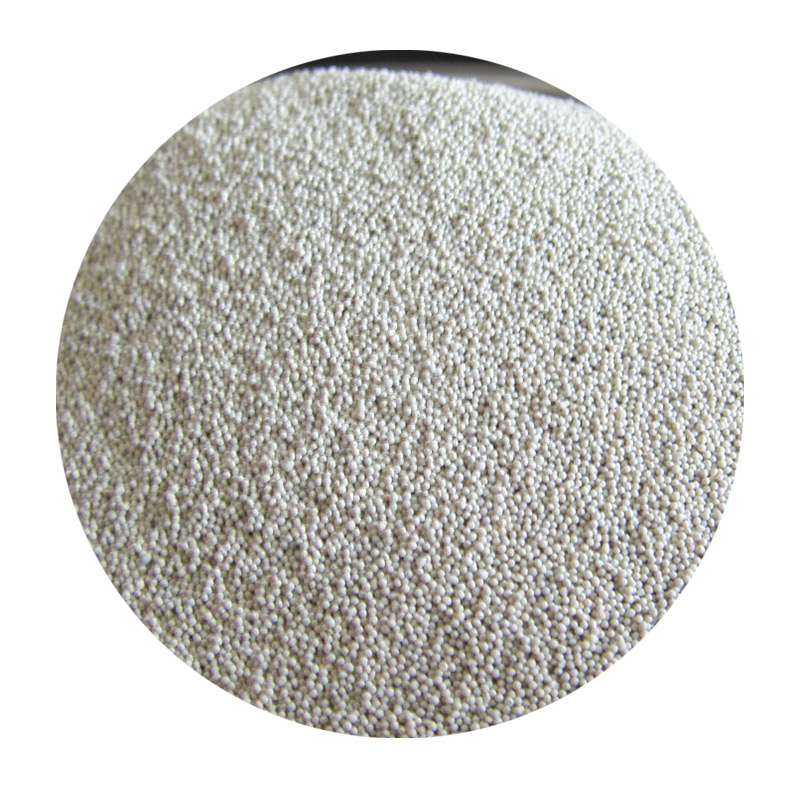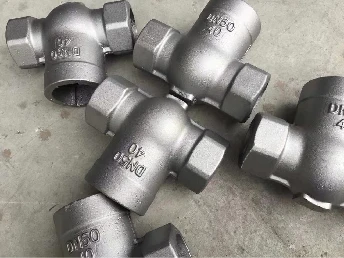

Authoritativeness and the Importance of Finishing The importance of 3D print sanding extends beyond aesthetics into the functional realm. Interlocking parts, for instance, gain improved fit and integrity when sanded to precision. In the realm of consumer products, a non-negotiable level of surface quality allows for seamless paint application, enhancing appearance and durability. Rigid industry standards, particularly in sectors like automotive prototyping and consumer electronics, mandate such levels of finish; failure to meet these standards could constitute non-compliance. Professional circles recognize that sanding precedes more advanced finishing techniques. For example, post-sanding techniques such as polishing, priming, and painting rely on a well-prepared surface for maximum adhesion and resilience. As such, mastering the initial step of sanding has far-reaching consequences, cementing its status as a cornerstone of the 3D printing process. Trustworthiness in Execution Those on the threshold of implementing 3D print sanding should prioritize craftsmanship over expedience. A commitment to meticulous execution builds trust, not only with end users who demand reliability in their products but also within the community of peers and fellow experts. Trust is further reinforced when the process is transparent; documenting sanding techniques and sharing insights demystifies the art, elevating communal knowledge and fostering innovation. Educational initiatives, workshops, and online forums perpetuate a culture of trust and shared expertise, promoting refinement of techniques and troubleshooting of common pitfalls. Each collaborative effort propels the industry forward, intersects diverse fields, and inspires the creative application of 3D printing technology. In mastering the meticulous craft of 3D print sanding, enthusiasts and professionals alike unlock the potential to redefine standards, whether in prototyping, production, or presentation. This journey, characterized by patience, precision, and perfect execution, offers the ultimate reward—a tangible bridge to exceptional, market-ready products. Post time:Feb . 08, 2025 02:28
Next:sanding 3d prints
